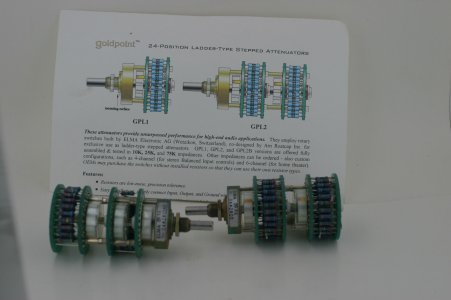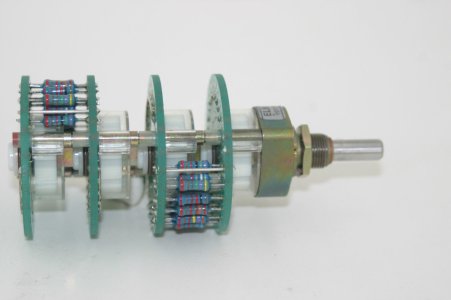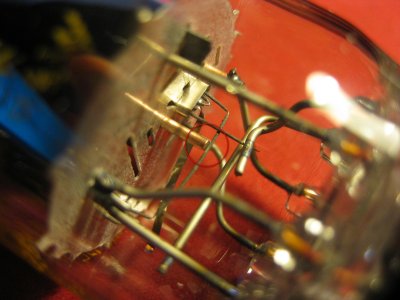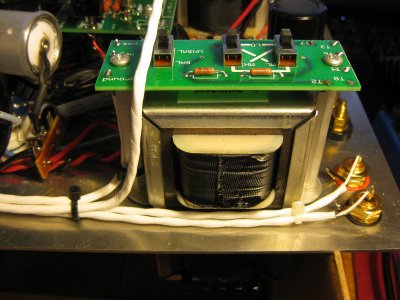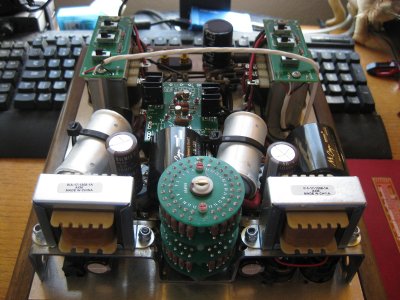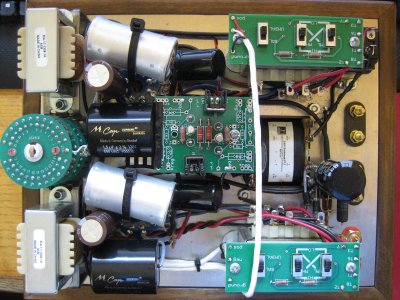mcandmar
New member
Paul Joppa said:In the SEX 2.1 (with PT-7 power transformer) the heater power is only connected to ground for two short periods during the 60Hz power line cycle - just when the diodes are conducting. Most of the time it floats. For that reason, if there is a little leakage between heater and cathode, the voltage will drift away from symmetrical. You can put a couple 100-ohm resistors in series across the DC power and ground the center point if you want to see matched voltages; you are not however going to hear a difference unless the leakage is so bad the tube should be replaced.
The center tap is grounded so that the winding itself is always grounded. This allows it to act as an electrostatic shield for other windings.
This little tip is worth adding to the thread, adding 100ohms resistors from C1&C2 to C3 creating a grounded center point helped to further reduce the harsh bzzzt noise i was hearing, and also allowed me to use sets of tubes i had previously written off as being too noisy. In my opinion this simple modification made such an effect i would suggest trying it first before experimenting with other modifications, or fitting the 120ohm resistors to the headphone socket. As always, please report your findings if you do try it...

